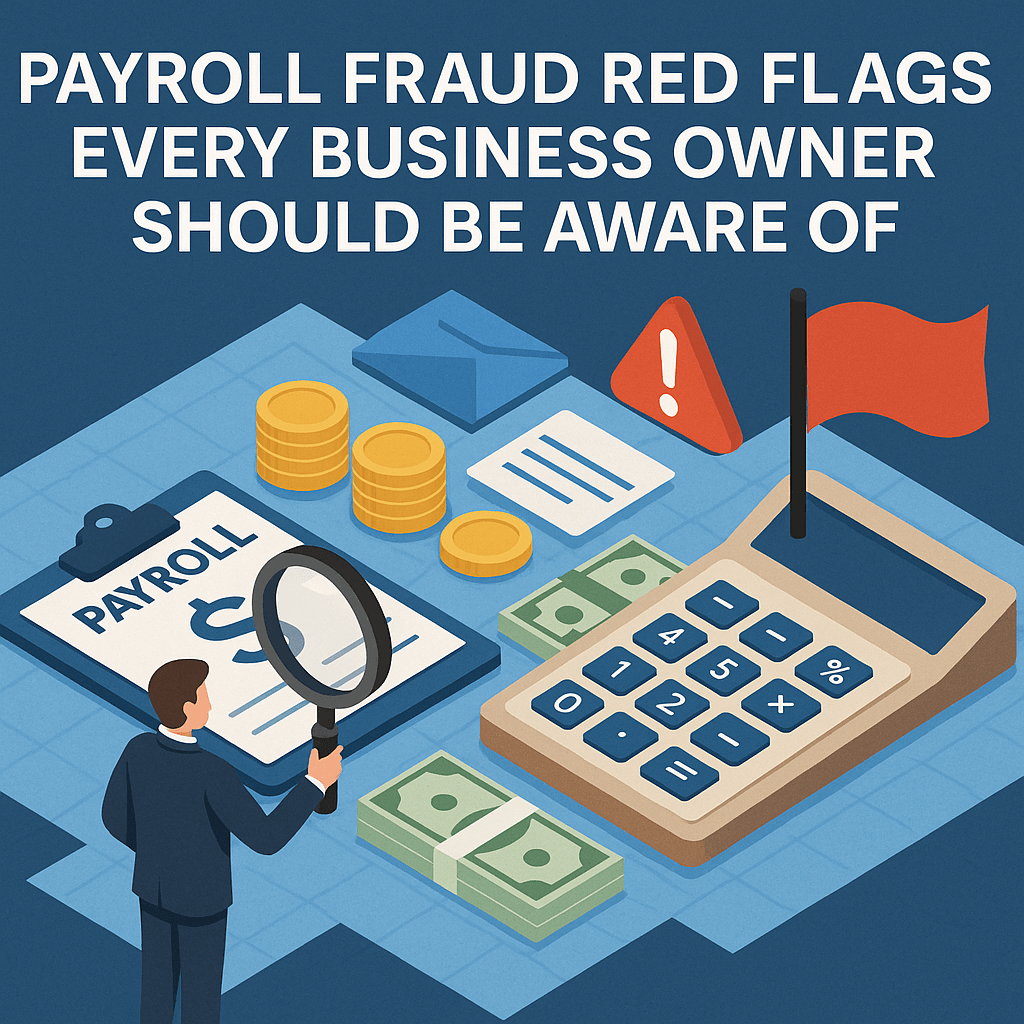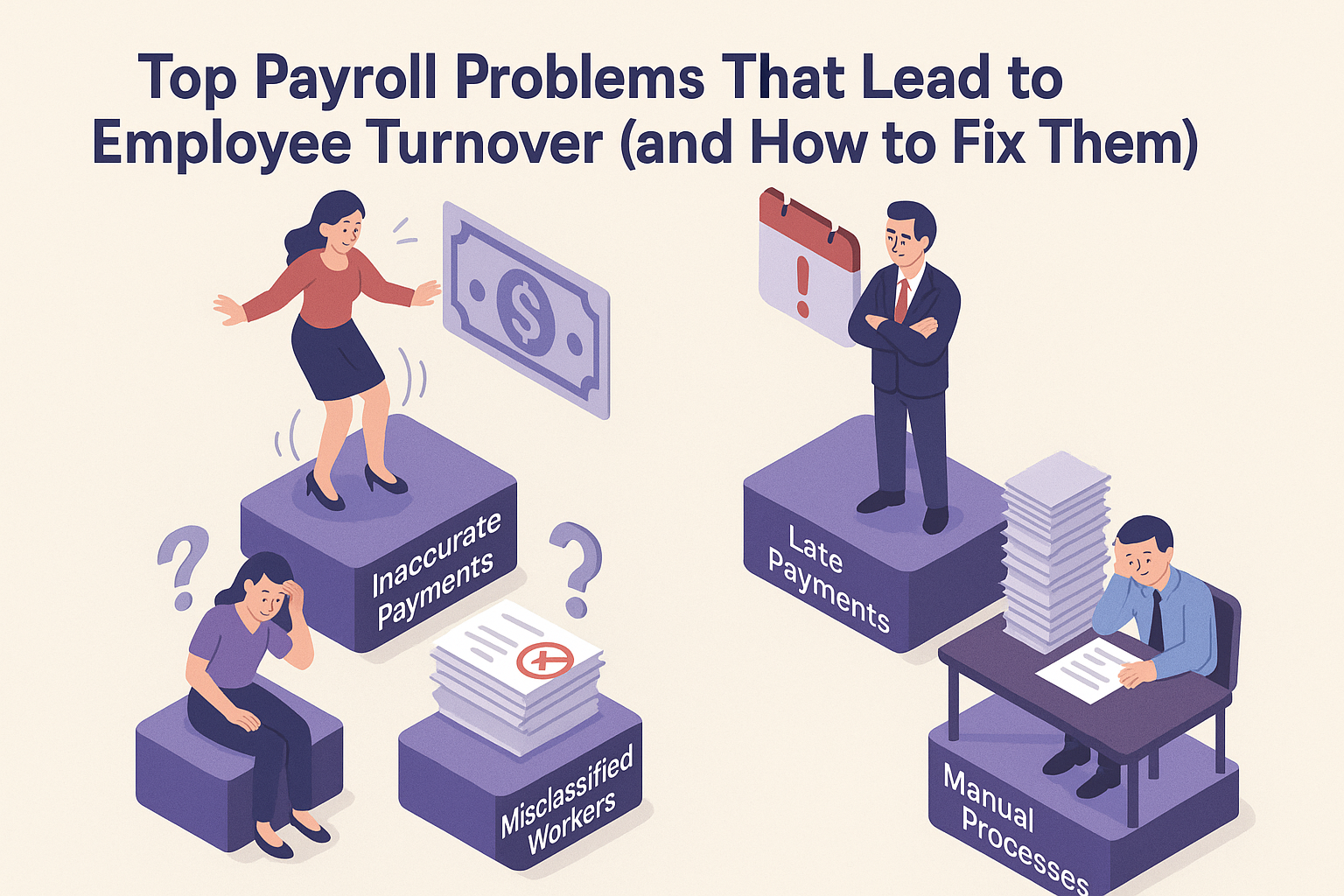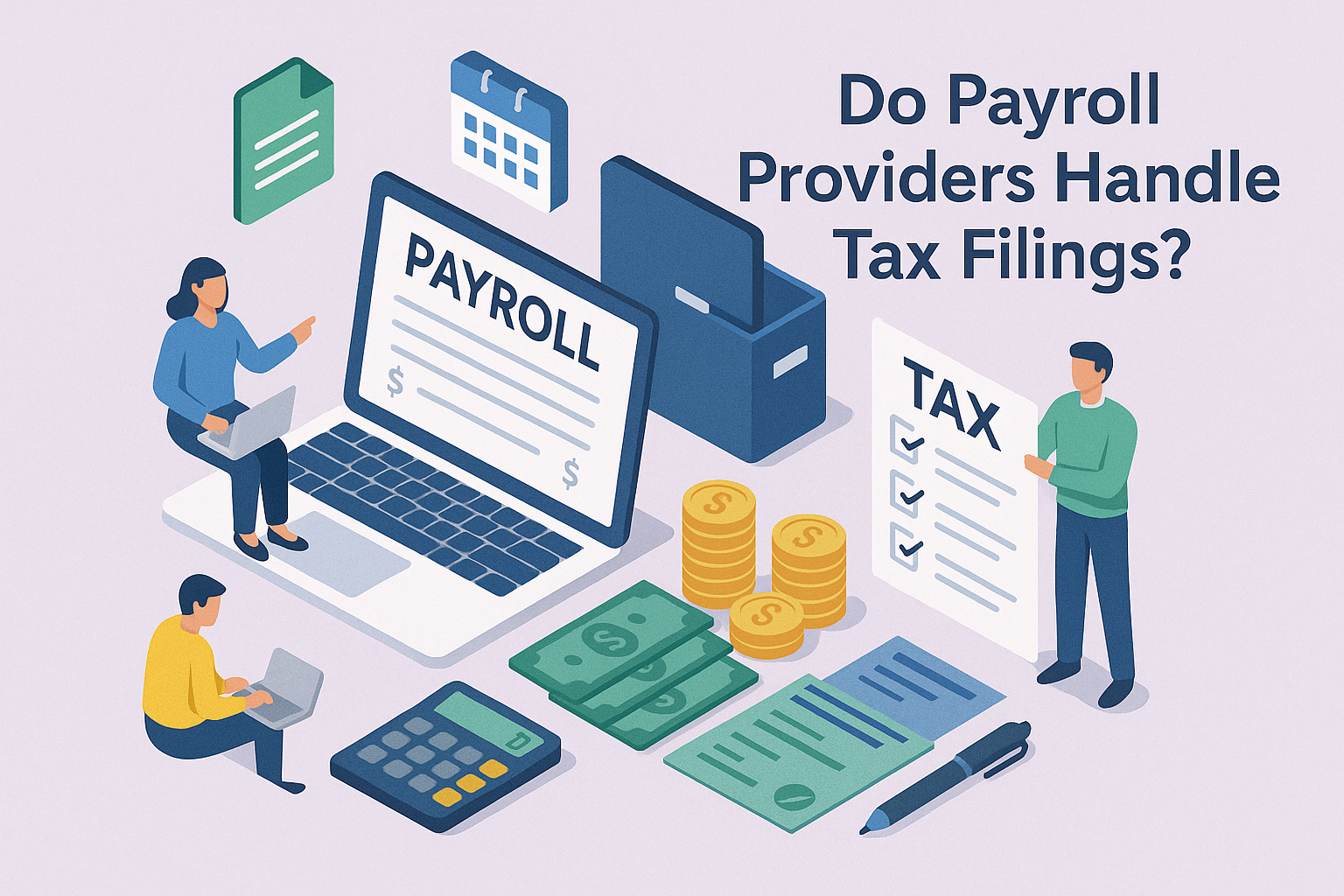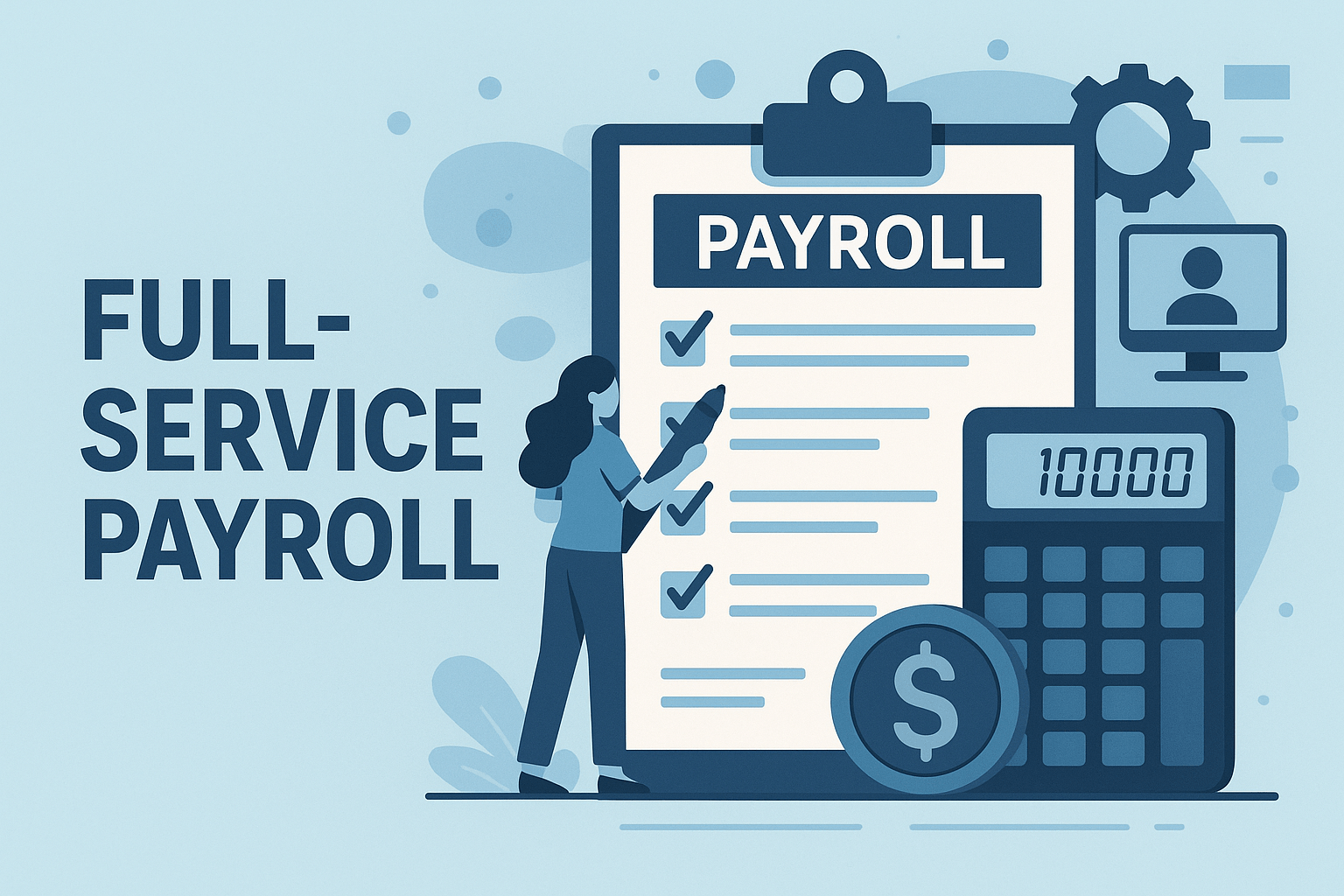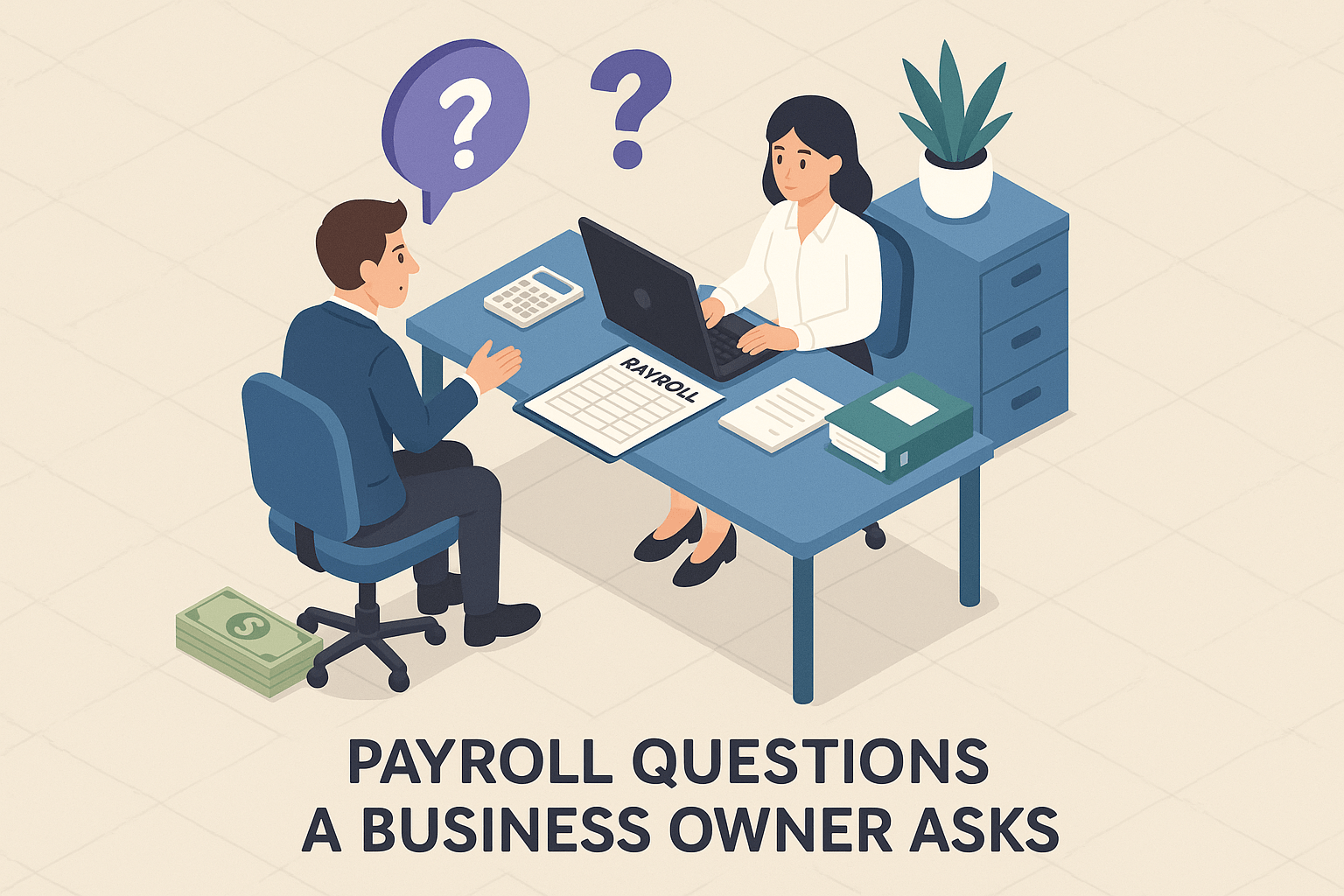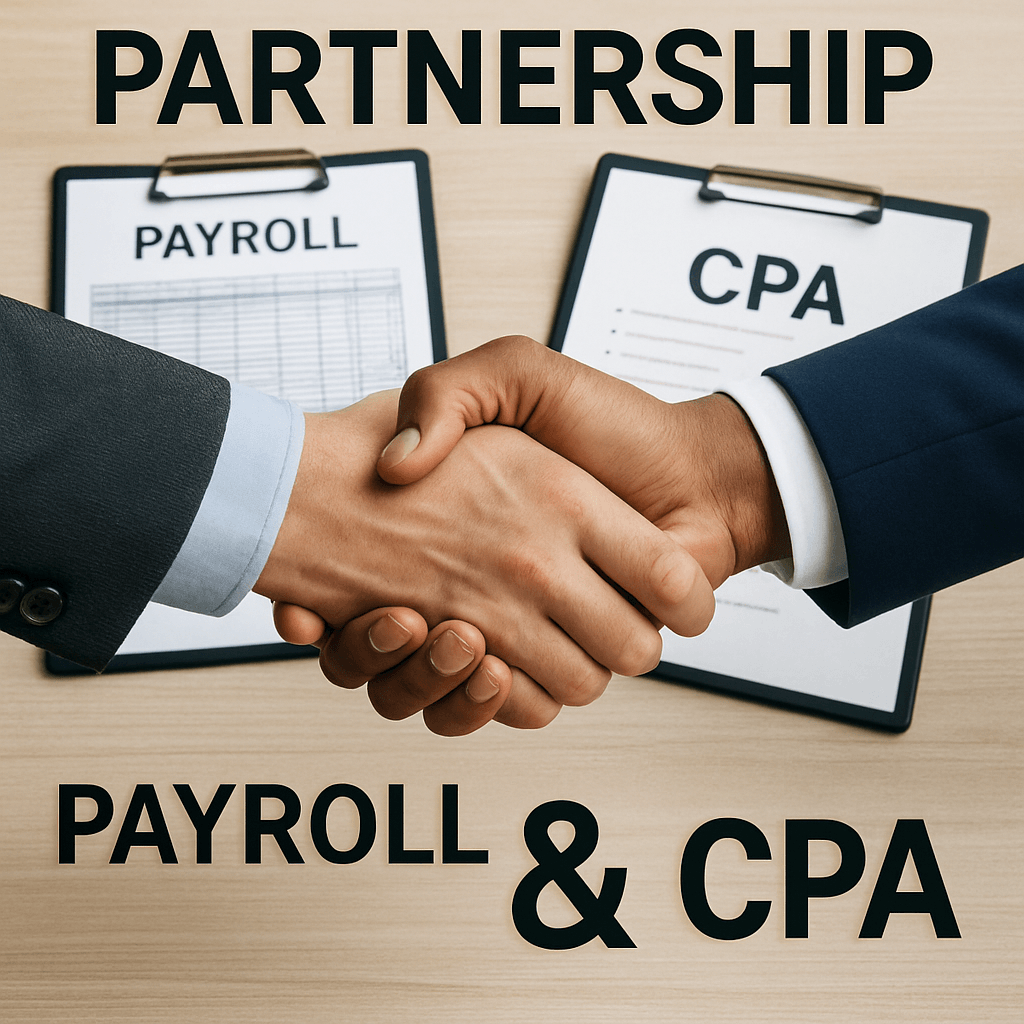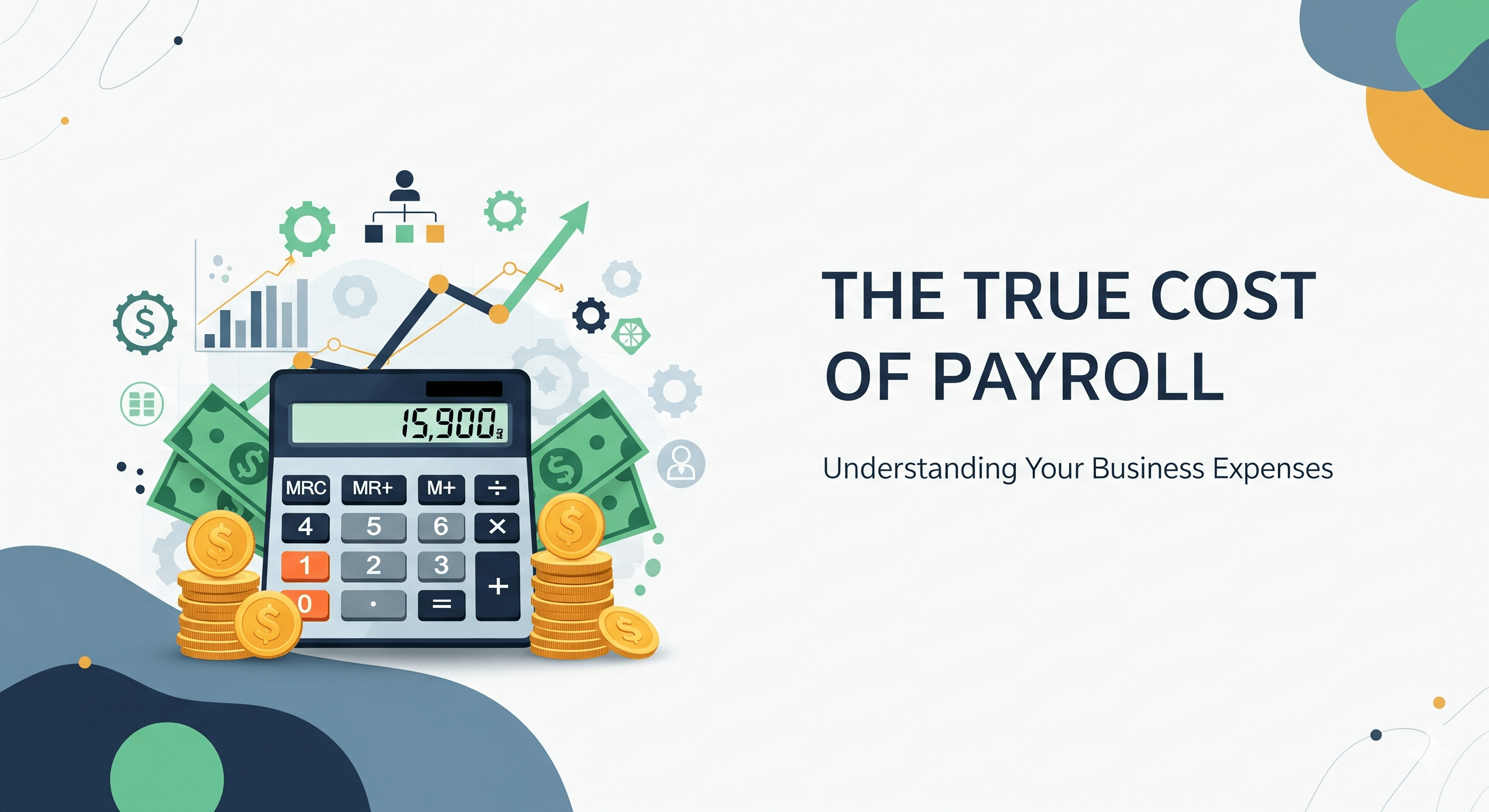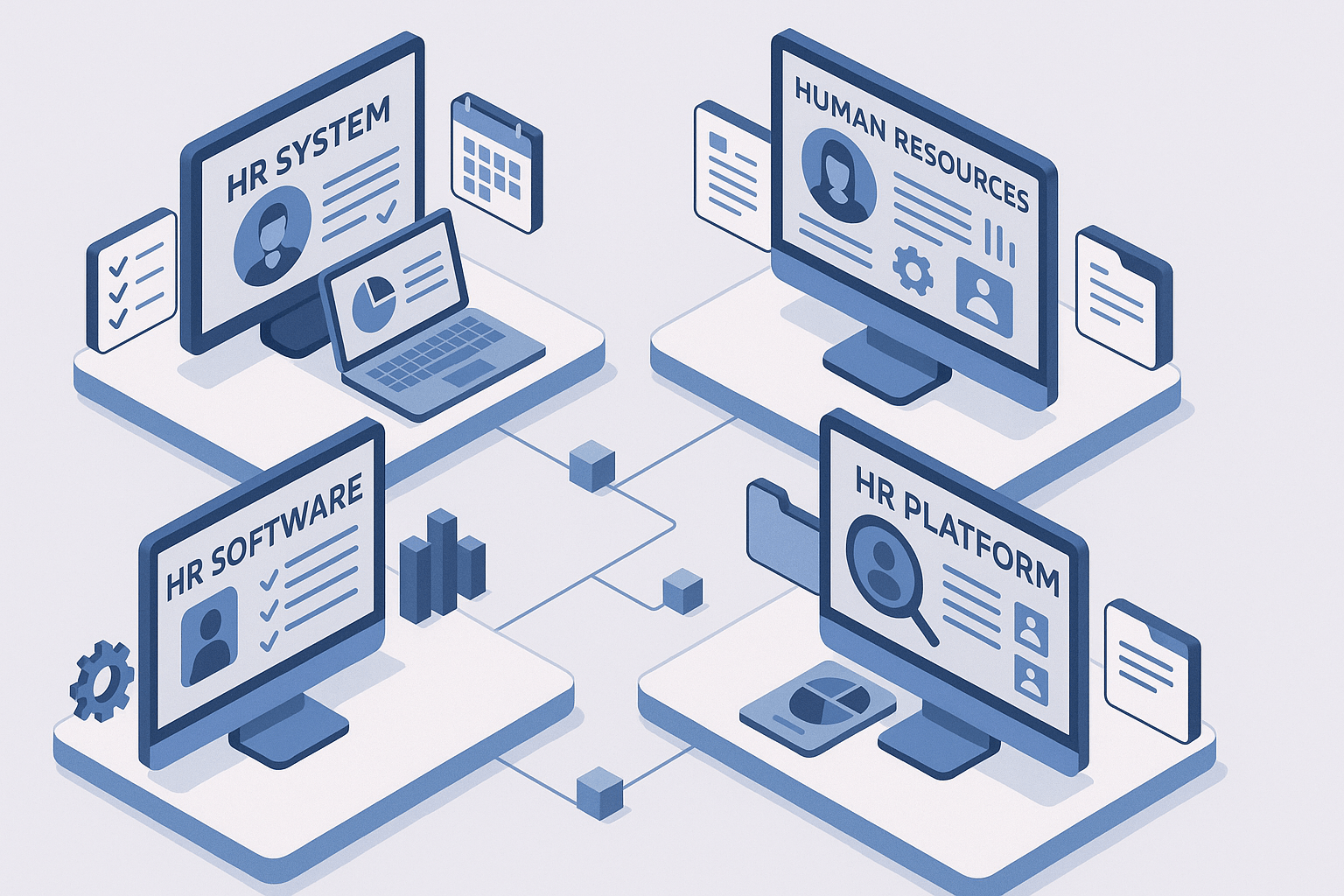
Let’s not bury the lede. Payroll management services cost about $3.50 per week or $180 a year per employee. Consistent, timely, and accurate payroll processing is what keeps the wheels of your business turning. Because let’s face it: when employees in the United States are looking for the domestic stability they need to be disruptors in their industry, all roads lead to payroll.
Got a toothache? Dental plans and deductibles flow through payroll.
Baby on the way? Health insurance adjustments flow through payroll.
Daughter starting driver’s ed? Time to take another look at your life insurance coverage (because road rage is real and her engine runs on angst).
Payroll impacts all the little ways your employees keep their lives on track. The more consistent you are with processing, the easier it is to ensure their lives keep from going off the rails (like it would on a “crazy train”, for example). But maintaining that consistency when faced with the day-to-day challenges of growing a business is no easy task. That’s why business owners increasingly enlist independent payroll providers like Lift HCM to help them bear the burden of that responsibility.
Let’s take a closer look at what it costs to call in the backup to give you a better understanding of what to consider when implementing managed payroll services in your organization, whether you work with us, or not.
Partially- and Fully-Managed Payroll
By now, you might be wondering, how managed is “managed”. That’s an important distinction. A fully managed payroll solution includes both the regular processing, administration, and facilitation of your payroll with each pay period as well as the more labor-intensive filing and reporting responsibilities involved with your taxes along with any compliance-related recordkeeping.
Did you get a little tired just from reading that? There’s your business case.
Partially-managed solutions often pass the more time-consuming filing and reporting work to the experts, leaving you to handle the recordkeeping and any recurring administrative tasks each pay period. Would it shock you to learn that partially-managed payroll solutions cost less?
Managed Payroll Pricing Models
It's important to understand the pricing models you’ll likely encounter when vetting payroll providers. This should give some useful context for spotting ripoffs and weighing the value of the services you’re expecting to receive. The biggest variables impacting the cost of managed payroll are:
- Pay frequency,
- Location-based factors such as tax rates and time zones,
- Staff size and changes therein (e.g. growth, downsizing, and churn),
- Pay structure (i.e. salaried versus hourly, commission pay, bonuses, etc.), and
- Scope of services and software integration.
We’ll circle back to that last one in a bit, but first let’s look at three popular pricing models to see what it’s like when you put the whole ensemble together.
Per Employee Per Month (PEPM)
A monthly charge per employee on top of an additional base fee has become a popular pricing structure among businesses giving out bonuses, incentives or commissions. The predictability of this model is also a plus for businesses testing the waters with managed payroll solutions.
Per Employee Per Pay Period
In this pricing model, you can expect to be charged a base fee and a charge per employee paid with each pay period (i.e. weekly, biweekly, monthly, or once they’ve presented you with the dragon’s head to prove it’s been vanquished). This is great for businesses without much change in headcount and low variation in their pay structure.
Fixed Pricing
Paying a fixed rate at consistent intervals for payroll services up to “X” amount of employees is the go-to pricing model for self-service platforms like a Gusto or Justworks.
Additional Fees and Ancillary Services
When it comes to managed payroll solutions, the extras add up. Some providers charge initial setup fees for the work involved in integrating their services into your organization. It’s also not uncommon for providers to charge a one-time fee for employee onboarding.
…do you know what adds up faster?
The amount of time and resources it would otherwise take for you to handle things like quarterly or EOY reporting; processing W2s, 1099s, and 1095s; or (God forbid) printing, stuffing, and sealing paper checks in-house.
We’ve already established the fact that small businesses spend up to a full 31-day calendar month managing payroll processing and regulatory compliance in-house. No one’s ever truly comfortable putting a price on their own time and leadership value, but without dedicated internal resources, you might as well pull Michael Jordan out of the game to work the concession stand.
That’s not to say passing everything off to a third-party service partner is necessarily your best option. What’s important is that you find a payroll partner who’s willing to work with you to find a reasonable balance for your unique business needs. So what if you need management services to cost less?
Reducing the Cost of Services
How do you stop the cost of services giving you cold feet on managing payroll? Bundle up! Like we said up top: “vanilla” managed payroll with none of the trimmings, add-ons, bells, or whistles, should run you about $180 per employee per year.
But you can do a lot to bring the cost per employee down by capitalizing on the reduced cost of bundled services. Payroll management companies often partner with CPAs, benefits brokers, and other trusted providers of human capital management (HCM) solutions to bundle their offerings at reduced rates.
The savings go beyond what you’d expect of your garden variety partner discount. That’s because bundling your payroll with other HCM services means streamlining the sharing of data between these providers. Not only does that save time, money, and unnecessary headache; you’re left with a solid suite of integrated solutions to optimize your workforce.
Find a Provider That Offers Balance
Outsourcing your payroll means spending less time worried on covering bases and more time focused on knocking it out of the park. While the cost of managed services may differ by provider, you can’t put a price on the peace of mind you feel by relieving the headache of payroll processing.
If you’re interested in starting services with a payroll management provider, you should be preparing to begin vetting candidates. As you do this, keep in mind that these partnerships aren’t one-size-fits all. Passing your payroll off to an employee self-serve platform like Justworks or Gusto is an entirely different experience from calling on heavy hitters like ADP or Paylocity. That’s why one of your next steps as you enter into the process of selecting a provider should be to understand providers’ benefits at different sizes and scopes of service.
Jason Noble is a seasoned expert in payroll and human capital management. With a wealth of experience in streamlining payroll processes and optimizing workforce management, Jason has successfully held key roles at leading organizations. His deep understanding of industry best practices ensures that his insights are both practical and authoritative.
Topics:





